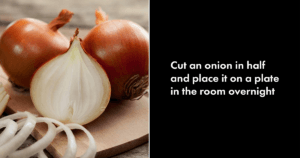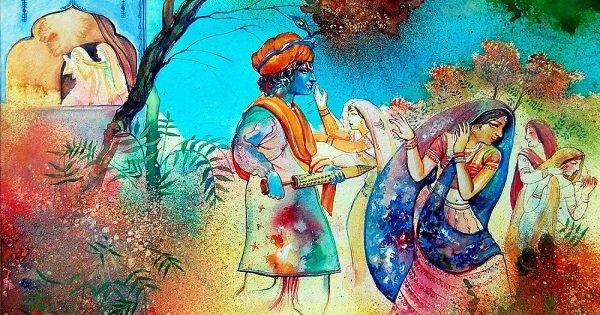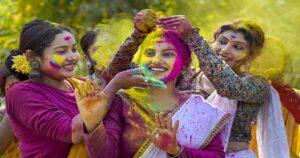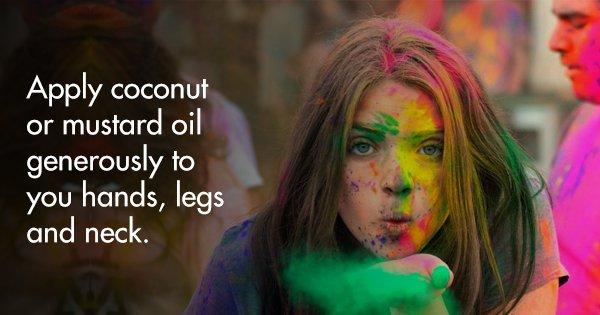The celebratory mood of the people is on a high during Durga Puja. These 5 days of celebrations are equally enjoyed by everyone, no matter their faith. The cultural aspect of the celebrations change – for example while Bengal is busy in last-minute preparations for pandals, the folks in North India polish their dandia skills for Navratri – but the sentiment remains the same.
The festival symbolizes the worship of energy and Shakti in the form of the universal mother Durga , it celebrates women, it celebrates the girl child. It even celebrates agriculture! Beyond the fun and frolic of Navratri lies a deep sentiment of faith that sometimes gets ignored in the mainstream.
So before you get too lost in the shopping, preparations and the dazzling lights, here’s an insight to each day of the 5 day festival. Take a look:
Day 1 – Shashti
Shoshti is actually the 6th day of Durga Puja. Yes, even though the pandals are inaugurated mostly on Shoshti, the festival actually starts the day after Mahalaya. On Shashti the goddess is worshipped as Katyayani. It is on Shashti that the Goddess Durga is decorated with weapons that she has received from different gods to fight the buffalo demon Mahishasura. The legend of the epic face off between good and evil starts here.
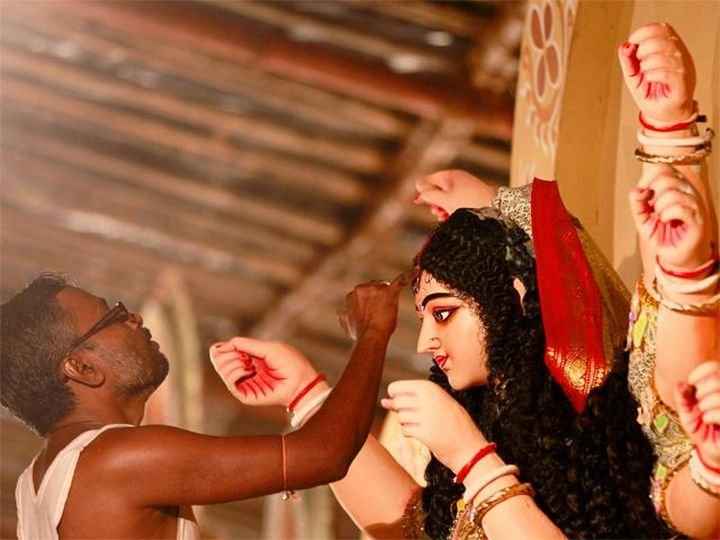
Day 2 – Saptami
Saptami starts with the setting of the auspicious banana plant which is supposed to bring life to Durga . This is called praandaan. The banana plant, traditionally recognised as Kala Bou, is depicted to be Ganesha’s wife. In essence it is actually called the Nabapatrika and is made of 9 basic plants as a respect to nature, agriculture and basic food crops.
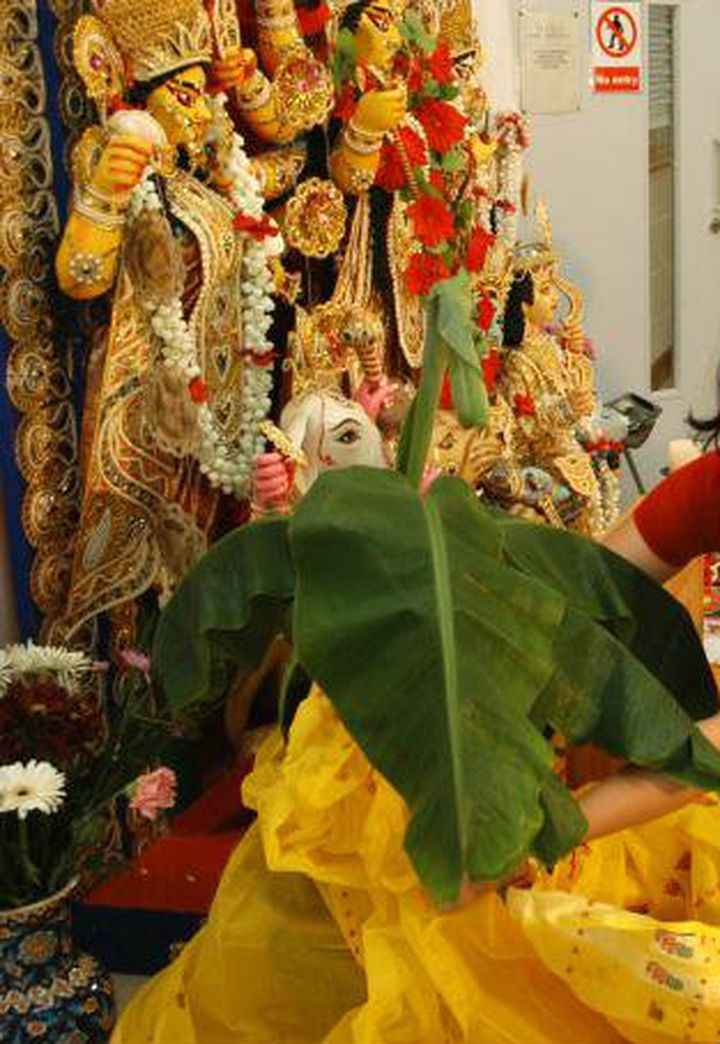
Day 3 – Ashtami
This is highlighted as the most important of all pujo days. No matter what you miss, the Ashtami anjali is a must! The Ashtami puja prepares the Goddess for her face-off with the asura. The Sandhi Puja happens at midnight of Ashtami. This symoblises the battle between good and evil, where Durga, the symbol of Shakti defeats Mahishasur. This is also when 108 diyas are lit and 108 lotuses are offered – each for a different name of the goddess.
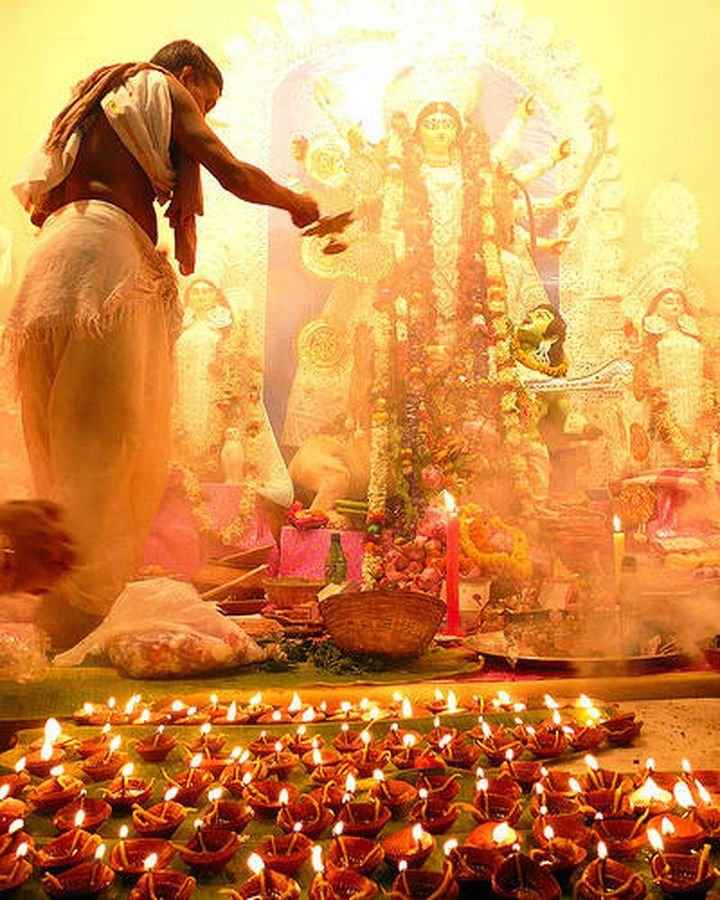
Day 4 – Navami
Navami is the day when the goddess is worshipped in the form of a girl child. Little girls are dressed to replicate the deity and are worshipped in what is called the Kumari Puja. Aartis are held everywhere treating the goddess with conches, mirrors, silver hand fans and other festive items. The festival is in full swing!
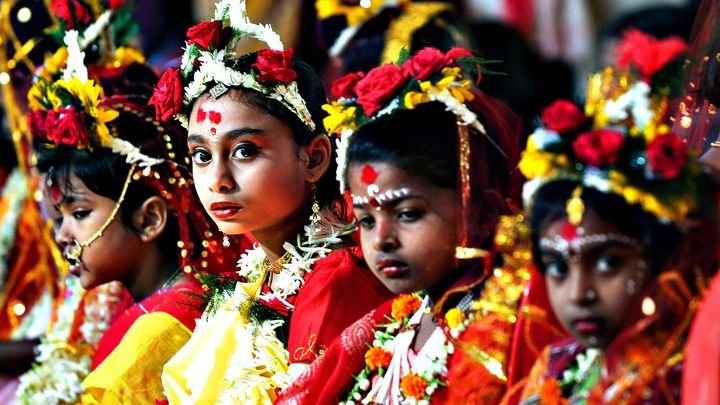
Day 5 – Dashami
Vijaya Dashmi , or the tenth day, is time for Durga to go back to her husband, Lord Shiva, on Mount Kailash. There is a fond farewell by the ladies of the house with vermilion and sweets, as well as tears for the impending separation. Finally comes Bhashan, when the goddess is led ceremoniously to the holy Ganges so that she can return to Lord Shiva.
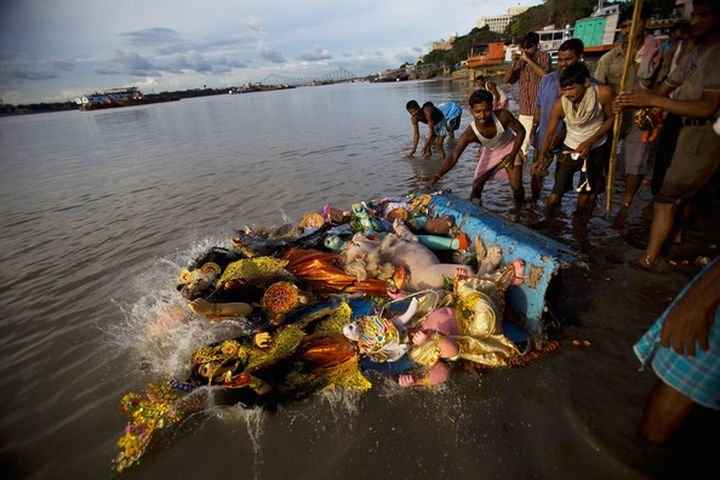
These five days are a blur! With all the lights, the music of the dhak , the fragrance of autumn, the alpana and the dhunuchi naaj – the days pass in a flash and in no time we have to bid farewell to the Goddess. The only consolation being her return next year!




